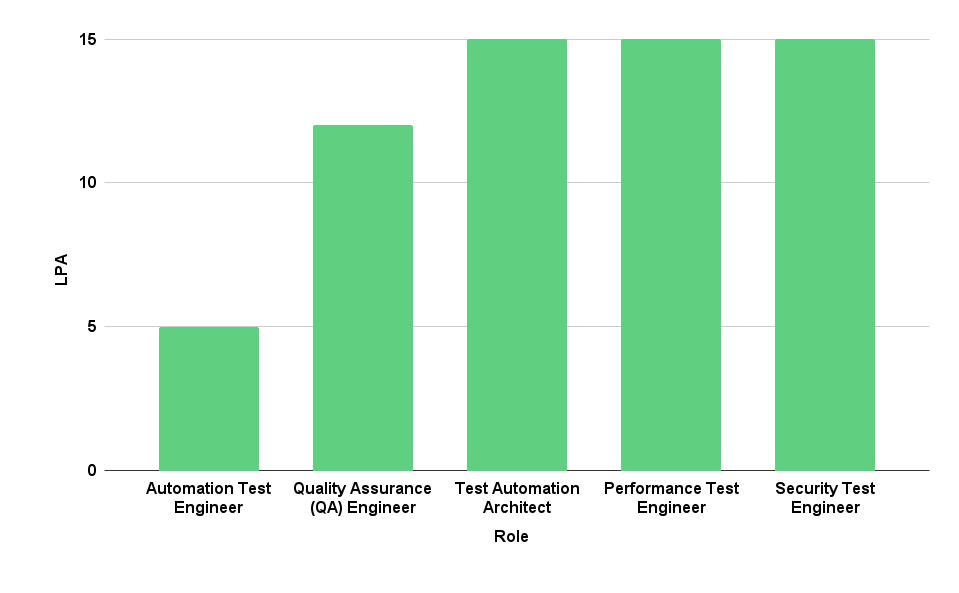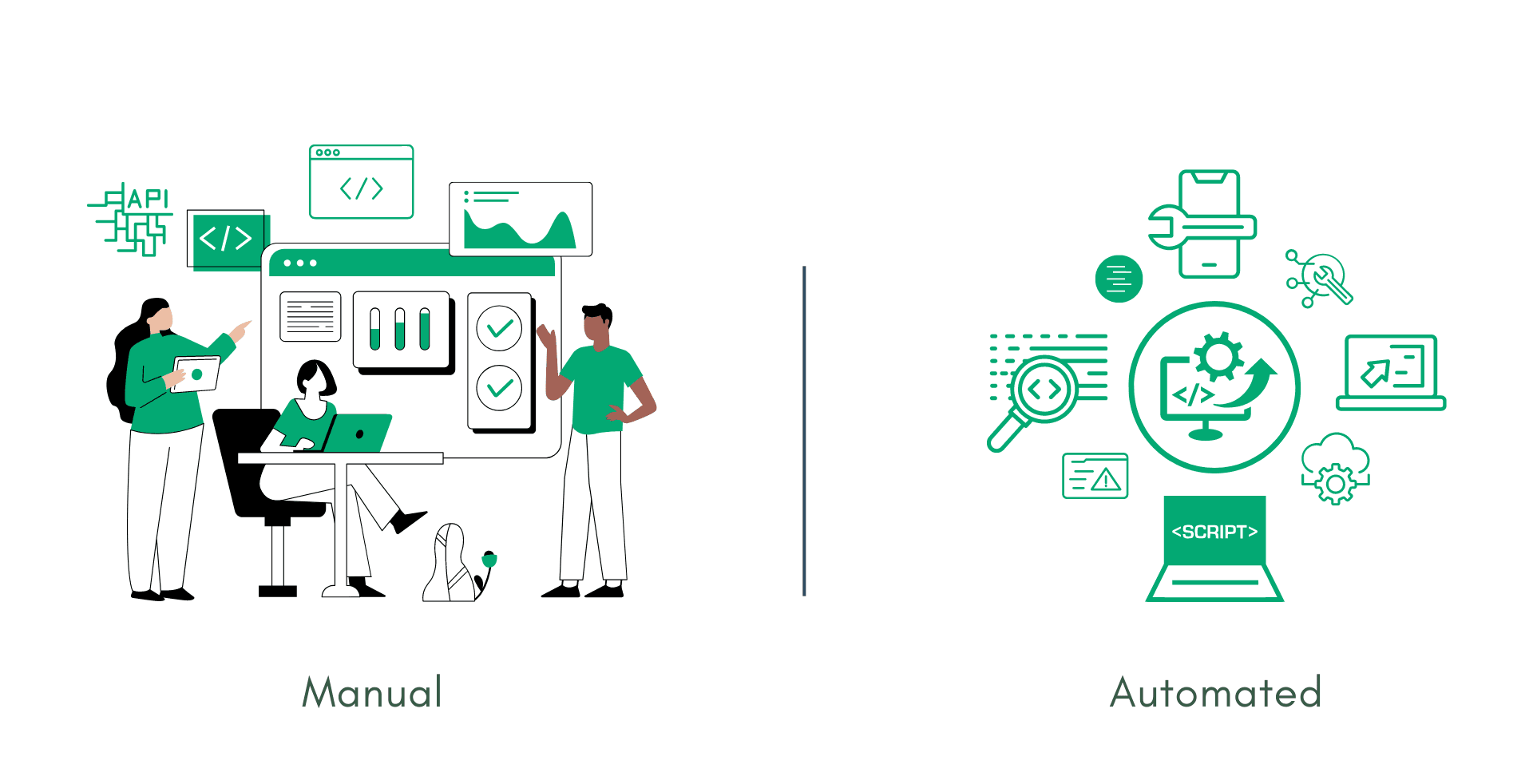
About Manual & Automation Testing Course
Master the fundamentals of manual and automated software testing methodologies in this comprehensive course. Learn to effectively design, execute, and analyze test cases to ensure the quality and reliability of software products, while also gaining proficiency in using industry-standard automation tools for streamlined testing processes.
Course Fee
₹34999
Available Seats
10
Schedule
6.00 pm - 8.30 pm
Industry Mentorship
Network with industry experts and be mentored by them

Project Portfolio
Build job-ready profile with dynamic portfolio
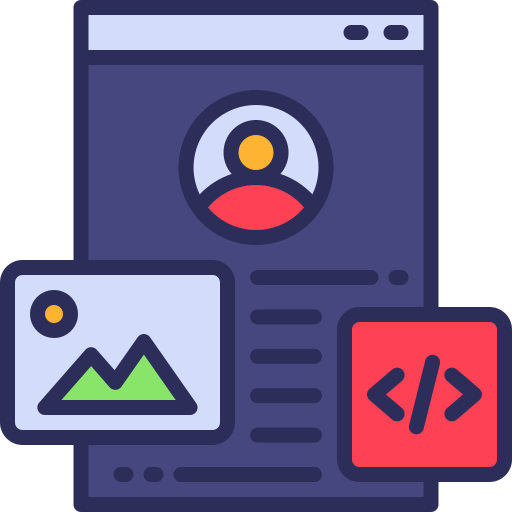
Interview Opportunities
Get interviews for desired roles in the top companies

Career Growth
Get opportunities to elevate and fast track your career

Certification
Attain industry renowned certificates for internship and course completion

Job Assistance Program
Month Duration
Delivery Mode
Average Salary
Skills you'll Learn
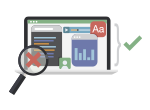



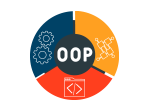




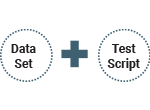




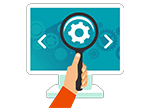

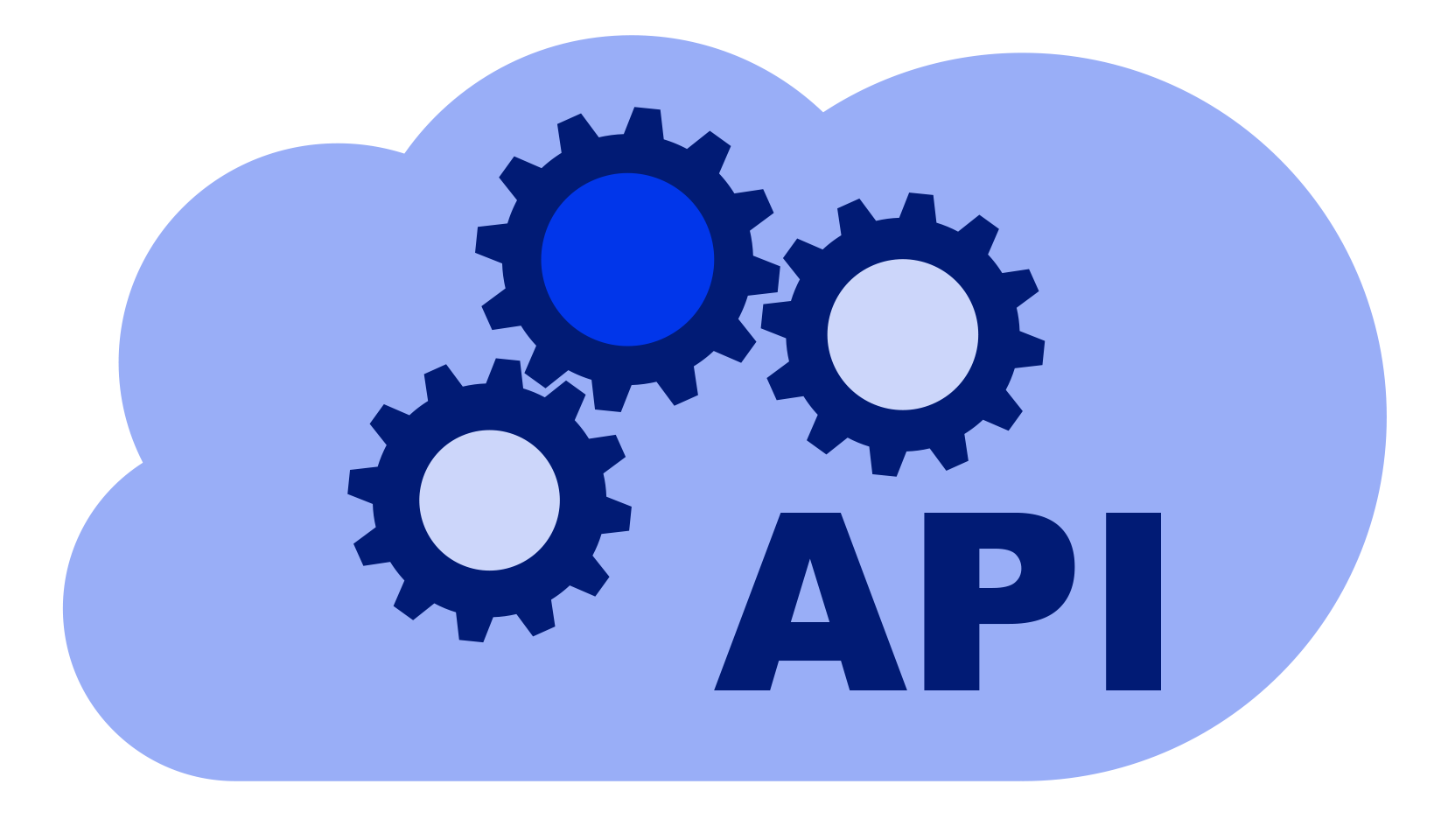

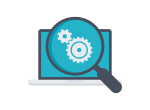


Tools you'll Learn



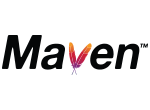




Course Curriculum
Introduction to Selenium
- Understanding the role of Selenium in automation testing
- Overview of Selenium WebDriver, Selenium IDE, and Selenium Grid
- Setting up the development environment (installing Selenium WebDriver, configuring IDEs, etc.)
Selenium WebDriver Basics
- Locating elements using various locators (ID, Name, Class Name, XPath, CSS Selector, etc.)
- Performing basic interactions with web elements (clicking buttons, entering text, selecting options, etc.)
- Handling different types of web elements (text fields, buttons, dropdowns, checkboxes, radio buttons, etc.)
Continuous Integration (CI) with Jenkins
- Introduction to continuous integration (CI) and its benefits
- Setting up Jenkins CI server
- Creating and configuring Jenkins jobs for building, testing, and deploying applications
- Integrating version control systems with Jenkins
Advanced Selenium WebDriver Techniques
- Working with frames and iframes
- Handling alerts, prompts, and confirmation dialogs
- Implicit vs. explicit waits and handling synchronization issues
- Handling multiple windows and tabs
Test Automation Framework with Selenium
- Introduction to test automation frameworks (Data-driven, Keyword-driven, Page Object Model)
- Implementing Page Object Model (POM) for organizing Selenium tests
- Creating reusable components and utilities
- Best practices for designing scalable and maintainable test automation frameworks
Integrating Selenium with TestNG and Reporting
- Introduction to TestNG framework for test management and reporting
- Setting up TestNG with Selenium WebDriver
- Writing and executing TestNG test cases
- Generating test reports using TestNG and other reporting tools (e.g., ExtentReports)
Projects
E-commerce Website Testing
Test login functionality by automating user authentication. Automate product search and verification of search results. Test product selection, adding items to the cart, and cart functionality. Automate checkout process testing, including payment and order confirmation. Validate user account management functionalities like registration, profile update, and password reset. Implement cross-browser and cross-platform testing to ensure compatibility. Generate comprehensive test reports with Selenium and testing frameworks like TestNG or JUnit.
Social Media Platform Testing
Automate user authentication and session management. Test posting functionality, including text, images, and videos. Validate likes, comments, and shares on posts. Automate friend/follow requests and acceptance functionalities. Test notification mechanisms for various actions. Validate user profile settings and privacy controls. Implement data-driven testing to handle different scenarios and inputs. Integrate with CI/CD pipelines for automated regression testing.
Banking Application Testing
Automate user authentication, including multi-factor authentication. Test account management functionalities like account creation, balance checking, and fund transfers. Validate transaction processing, including deposits, withdrawals, and bill payments. Test security features such as encryption, session management, and access controls. Automate compliance checks for regulatory requirements like GDPR or PCI DSS. Implement performance testing to ensure application responsiveness under load. Integrate with database testing to validate data integrity and consistency. Implement robust error handling and logging mechanisms for troubleshooting.
Salary Comparison Data
